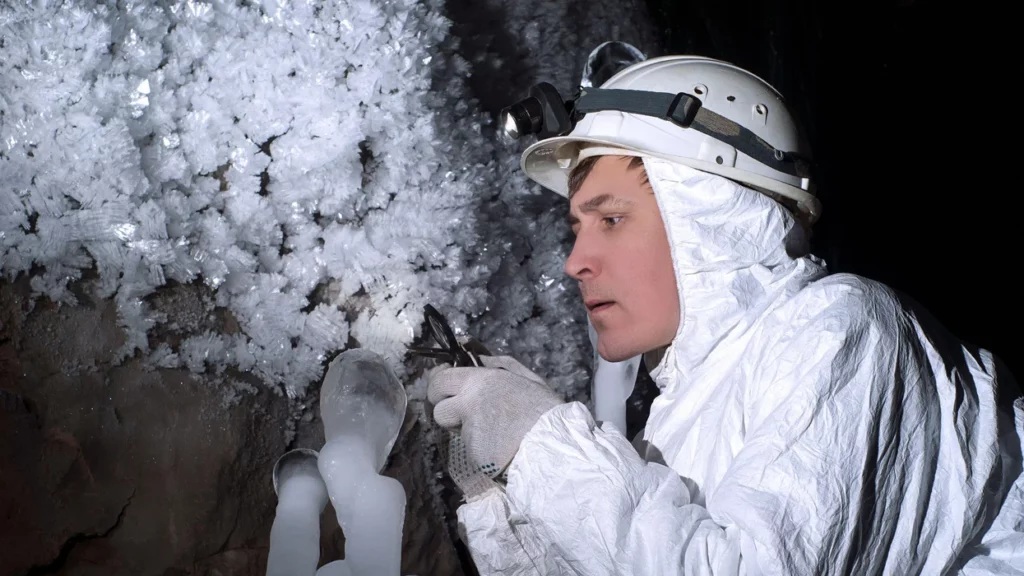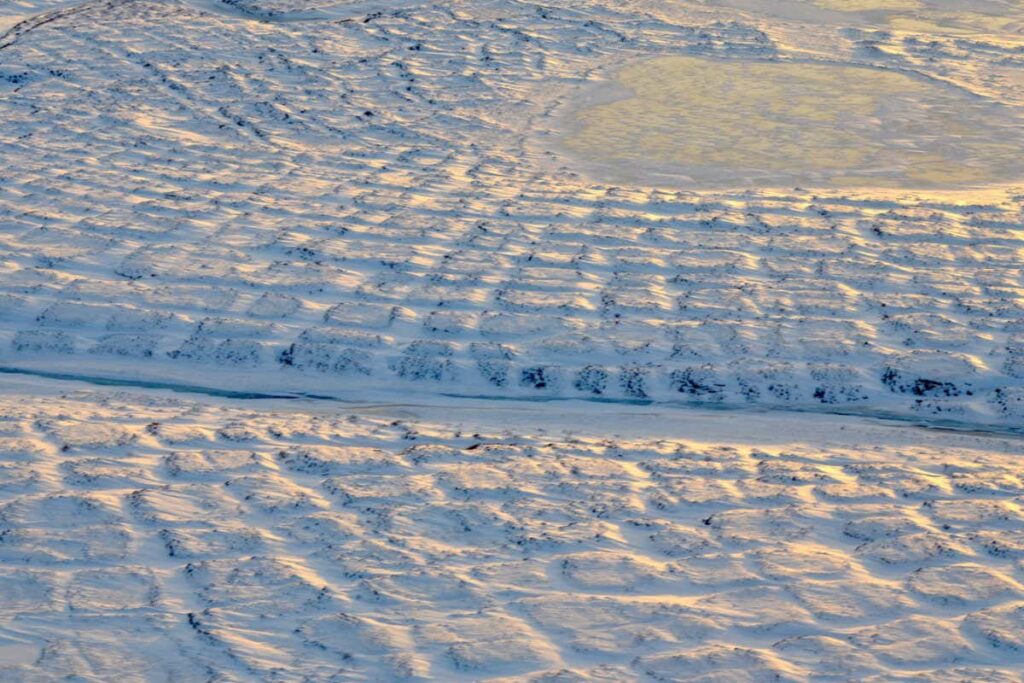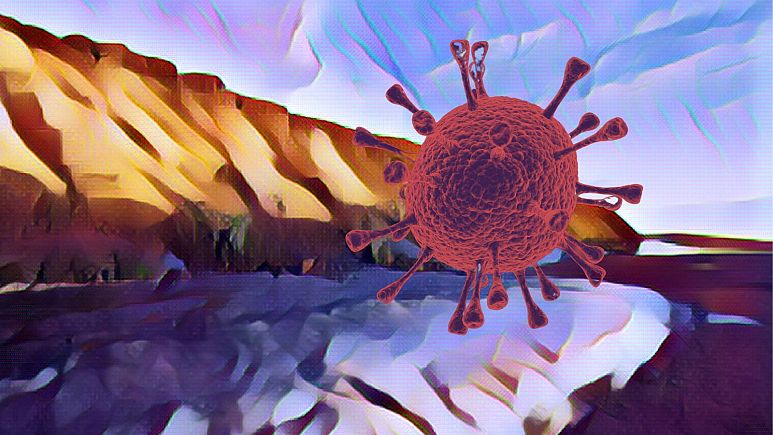A peculiar and potentially hazardous pandemic threat is emerging, warns a group of scientists. Frozen within the Arctic permafrost are ancient viruses that could be unleashed as Earth’s climate warms, leading to a possible major disease outbreak.

Referred to as Methuselah microbes or “zombie viruses,” researchers have already isolated strains of these ancient pathogens. This discovery has raised concerns that the world might face a global medical emergency not triggered by a novel disease but rather by a resurfacing ailment from the distant past.
To address this potential threat, scientists are devising plans for an Arctic monitoring network. The objective is to identify early cases of diseases caused by ancient microorganisms, implement quarantine measures, and provide expert medical treatment to contain outbreaks. The aim is also to prevent infected individuals from leaving the region.
Geneticist Jean-Michel Claverie of Aix-Marseille University highlights the oversight in current pandemic threat analyses, stating, “There are viruses up there that have the potential to infect humans and start a new disease outbreak.” Virologist Marion Koopmans of the Erasmus Medical Center in Rotterdam supports this concern, emphasizing the risk of an ancient virus triggering a disease outbreak, such as a historic form of polio.
In 2014, Claverie led a team that isolated live viruses from Siberia, demonstrating their ability to infect single-cell organisms despite being buried in permafrost for thousands of years. Further research, published last year, revealed various viral strains from multiple Siberian sites, some as old as 48,500 years.

“The viruses we isolated were only able to infect amoebae and posed no risk to humans,” clarifies Claverie. However, the identification of genomic traces of poxviruses and herpesviruses, known human pathogens, raises concerns about the potential for other viruses in permafrost to trigger human illnesses.
Permafrost, covering a significant portion of the northern hemisphere, has preserved biological material for thousands of years due to its cold, dark, and oxygen-limited conditions. Climate change is now affecting this frozen landscape, with the upper layers melting at an accelerated rate, releasing ancient pathogens.
The imminent danger, according to Claverie, stems from the disappearing Arctic sea ice, allowing increased human activity in Siberia. Large-scale mining operations, a consequence of industrial development, threaten to expose pathogens, with potential repercussions for those working in these environments.

Urged by this potential crisis, scientists are collaborating with the University of the Arctic (UArctic) to establish quarantine facilities and provide medical expertise to address the threat of ancient viruses. Claverie concludes, “We now face a tangible threat, and we need to be prepared to deal with it. It is as simple as that.”







